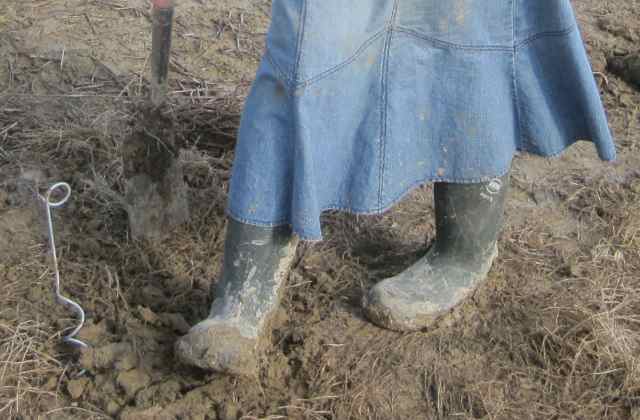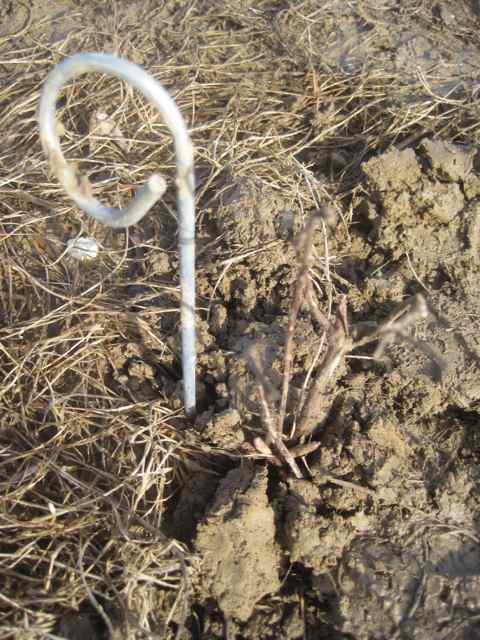Drying hops is where a golden alchemy happens. To be completely accurate hops are preserved, they are not dried right out. The final moisture content at between 8-12% will dry each cone enough for it to store well, and not go mouldy. Drying takes time, it cannot be rushed, hops are not a fast food and the less heat used the better for the essential oils. The other factor is hops are sold by weight so if they are dried right out, which can happen, then a grower would be at a disadvantage, this is apart from the obvious storage needs of the hops.
But for me it’s this process from green hops to preserved hops, this magic of drying hops is where a golden alchemy happens, even their colour becomes more golden. The green hop aromas of the herbal based fresh scents change dramatically to the more soporific complex aromas. Spicier, piney, citrussy, fruits and honey, depending on the variety but too many to list straight off.
soporific complex aromas. Spicier, piney, citrussy, fruits and honey, depending on the variety but too many to list straight off.
Hops have been grown on the family farm since 1600’s. In all this time each hop dryer has passed on his craft to the next dryer in waiting. Each dryer would have undergone a long apprenticeship before naturally progressing to No 1. As the hop harvest only takes place once a year for a few weeks, unlike almost every other job, so the apprenticeship was normally combined with growing the crop throughout the year. This continuity has sadly changed today as most people come and go.
Nowadays moisture metres, and gauges are requisite for growers but nothing can replace living this hands on apprenticeship, learning directly from another experienced grower. It takes time for a person to instinctively see and understand the small tell tale signs on a kiln. Whether the hops need another 1/4 hour or the heat needs to be altered or when a certain kiln may blow a hole. Each kiln has it own peculiar anomalies, as does each hop variety.
So what looks like nothing much happening when a dryer puts his hand into the hops on the kiln nothing could be further from the truth. He will instinctively be reading the load, he will feel the bottom of the load, the top of the load and how many fat strigs are present, registering how pliable they are etc. There are many little signs he will automatically be assessing.
A whole year’s crop can be spoilt if the hops are not dried properly, the dryer’s job is critical to success. You can read more about hop drying here.

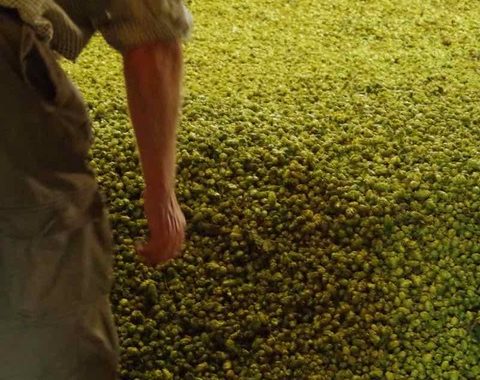


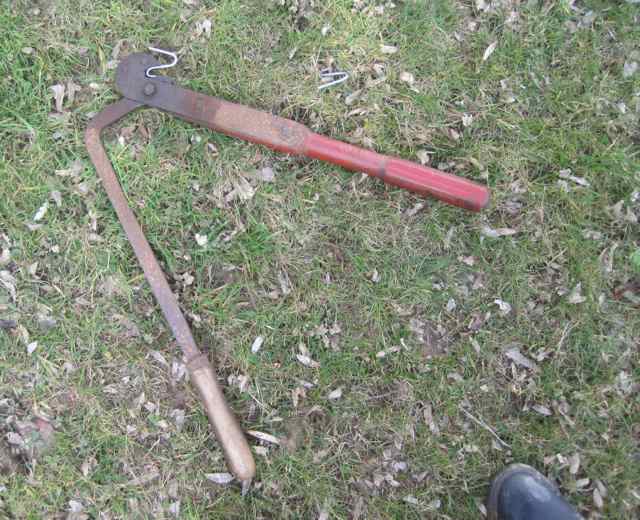
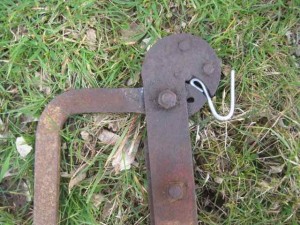 But as with most things there is a balance to achieve. A priority is that I like to get the first young bine, especially from any young hop setts, up onto the strings. This is in case any rabbits come along, they are less likely to nibble these vulnerable and probably tasty shoots once they are going up the strings. Later on rabbits can be a nuisance by occasionally biting the strings through along with the mature hop bine for no apparent reason. Perhaps rabbits need to sharpen their teeth?? Whatever the reason, it is a pain, they just bite the stems and strings but don’t eat them, the result is that hop dies back, such a waste.
But as with most things there is a balance to achieve. A priority is that I like to get the first young bine, especially from any young hop setts, up onto the strings. This is in case any rabbits come along, they are less likely to nibble these vulnerable and probably tasty shoots once they are going up the strings. Later on rabbits can be a nuisance by occasionally biting the strings through along with the mature hop bine for no apparent reason. Perhaps rabbits need to sharpen their teeth?? Whatever the reason, it is a pain, they just bite the stems and strings but don’t eat them, the result is that hop dies back, such a waste.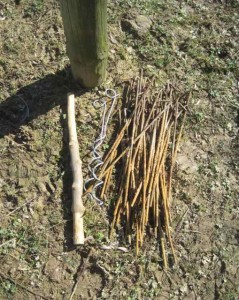 Another outstanding job before stringing and before the ground dries up, was to replace some screw pegs. This type of peg has not been successful. When the hops were up the strings once the wind blew they turned upside down allowing the strings to come off. This is more sensitive in the Sussex Zig Zag system so they needed to be replaced for this year. Luckily only two rows had them and now all have the ‘proper’ spiral screw pegs in situ.
Another outstanding job before stringing and before the ground dries up, was to replace some screw pegs. This type of peg has not been successful. When the hops were up the strings once the wind blew they turned upside down allowing the strings to come off. This is more sensitive in the Sussex Zig Zag system so they needed to be replaced for this year. Luckily only two rows had them and now all have the ‘proper’ spiral screw pegs in situ.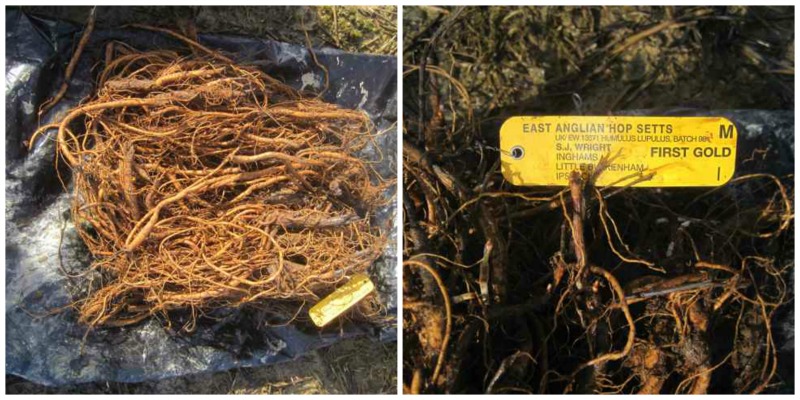 The First Gold hop variety which Ashley chose in the
The First Gold hop variety which Ashley chose in the 